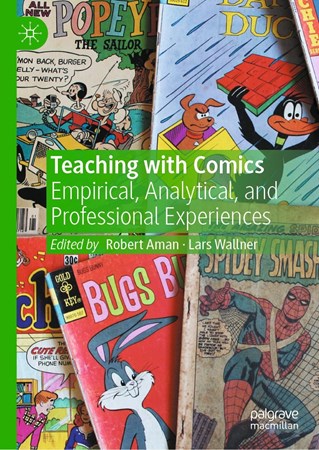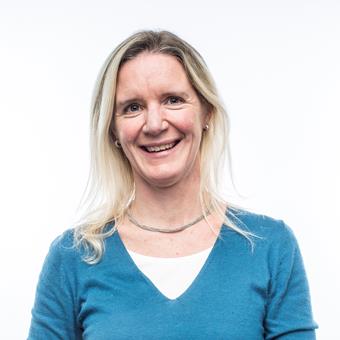The research in this knowledge field analyzes interplay between actors (children, students, pedagogues, instructors, other vocational representatives, parents and other adults, as well as physical artefacts) within different special and social contexts (the classroom, work group, the line to the computer or the sandbox, but also in the preschool coat room or the interior of a driving school car) and in different communicative activities (e.g., in driving instruction, collaborative project reporting, free play, pickup and drop off at preschool, or driving lessons).
Analysis is focused on different discursive processes looking at education and social and institutional order and are often practice and lifeworld oriented. The common denominator for the research in the field is a focus on situated social interplay: conversations and multimodal interaction is studied in its natural context. The methodological and analytical approaches used mirror the interdisciplinary character of the knowledge field and include, among others, conversation analysis, membership categorization analysis (MCA), ethnography, phenomenography, and other micro-sociological perspectives.
Examples on themes within different projects:
- multilingualism and ethnicity
- peer-group interaction
- specific learning activities
- everyday mathematics
- interplay
- mobility
- multilingualism and ethnicity
- peer group interaction
- specific learning activities
- maths in everyday life
- social interaction
- mobility
- traffic socialisation
- mealtime interaction
- play infrastructure











